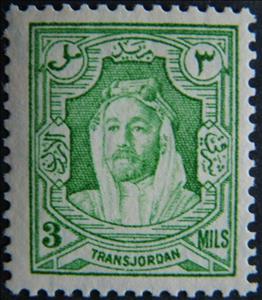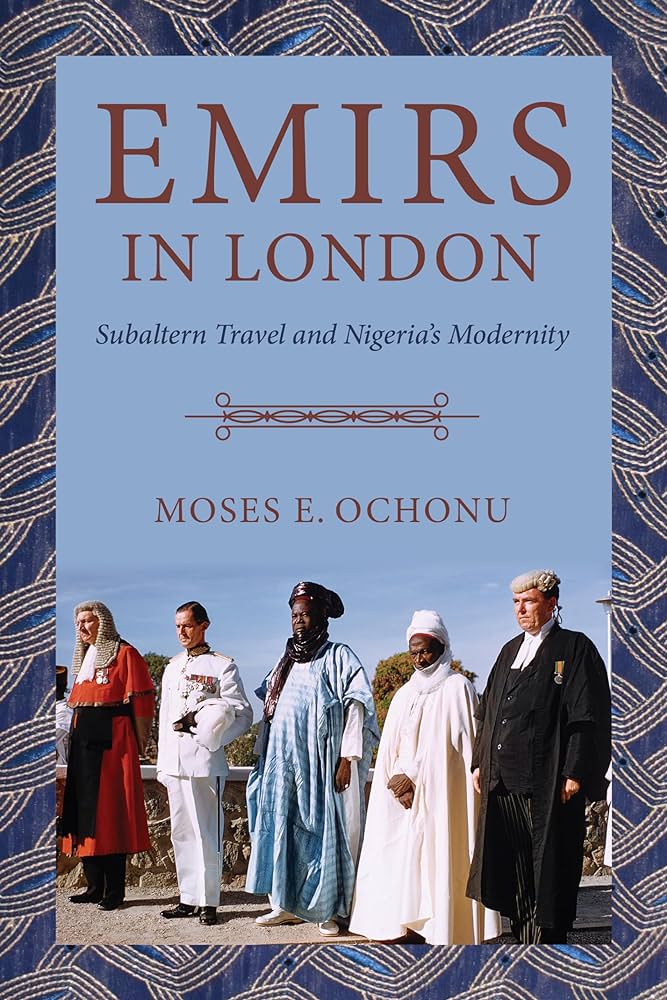Stamp: Amir Abdullah Ibn Hussein (Jordan 1939)
Amir Abdullah Ibn Hussein (Jordan 1939)
01 January (Jordan ) within release Amir Abdullah Ibn Hussein goes into circulation Stamp Amir Abdullah Ibn Hussein face value 3 Palestine mil
| Stamp Amir Abdullah Ibn Hussein in catalogues | |
|---|---|
| Michel: | Mi: JO 158D |
Stamp is square format.
Also in the issue Amir Abdullah Ibn Hussein:
- Stamp - Amir Abdullah Ibn Hussein face value 15;
- Stamp - Amir Abdullah Ibn Hussein face value 1;
- Stamp - Amir Abdullah Ibn Hussein face value 5;
- Stamp - Amir Abdullah Ibn Hussein face value 3;
- Stamp - Amir Abdullah Ibn Hussein face value 20;
- Stamp - Amir Abdullah Ibn Hussein face value 4;
- Stamp - Amir Abdullah Ibn Hussein face value 10;
|
Data entry completed
53%
|
|
|---|---|
| Stamp Amir Abdullah Ibn Hussein in digits | |
| Country: | Jordan |
| Date: | 1939-01-01 |
| Print: | Recess |
| Perforation: | 13½ x 13 |
| Emission: | Definitive |
| Format: | Stamp |
| Face Value: | 3 Palestine mil |
Stamp Amir Abdullah Ibn Hussein it reflects the thematic directions:
Emir (/əˈmɪər, eɪˈmɪər, ˈeɪmɪər/; Arabic: أمير ʾamīr [ʔæˈmiːr] , sometimes transliterated amir, amier, or ameer, is a word of Arabic origin that can refer to a male monarch, aristocrat, holder of high-ranking military or political office, or other person possessing actual or ceremonial authority. The title has a long history of use in the Arab World, East Africa, West Africa, Central Asia, and the Indian subcontinent. In the modern era, when used as a formal monarchical title, it is roughly synonymous with "prince", applicable both to a son of a hereditary monarch, and to a reigning monarch of a sovereign principality, namely an emirate. The feminine form is emira (أميرة ʾamīrah), with the same meaning as "princess". Prior to its use as a monarchical title, the term "emir" was historically used to denote a "commander", "general", or "leader" (for example, Amir al-Mu'min). In contemporary usage, "emir" is also sometimes used as either an honorary or formal title for the head of an Islamic, or Arab (regardless of religion) organisation or movement.

